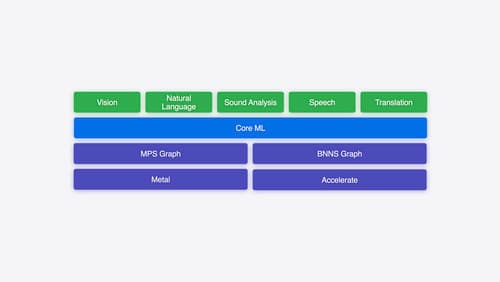如何学习
Asked on 2025-03-03
1 search
It seems like you're interested in learning. If you're looking to learn about Apple's technologies and tools, the WWDC sessions provide a wealth of information. Here are some sessions that might be of interest:
-
Xcode essentials: This session covers how to efficiently use Xcode, including finding the right content, debugging, testing, and distributing your app. It's a great starting point for learning how to develop apps using Xcode. You can explore more about navigating Xcode and its features in the session Xcode essentials.
-
Explore machine learning on Apple platforms: This session dives into how to train and deploy machine learning models on Apple devices. It covers the use of libraries like PyTorch and TensorFlow, and how to optimize models for Apple hardware. You can learn more about this in the session Explore machine learning on Apple platforms.
-
What’s new in Create ML: This session introduces enhancements to the CreateML app, which is useful for building custom machine learning models. It provides insights into creating models for image classification, object detection, and more. Check out the session What’s new in Create ML for more details.
These sessions provide a comprehensive overview of Apple's development tools and machine learning capabilities, which can be a great way to start learning about app development and machine learning on Apple platforms.

Explore machine learning on Apple platforms
Get started with an overview of machine learning frameworks on Apple platforms. Whether you’re implementing your first ML model, or an ML expert, we’ll offer guidance to help you select the right framework for your app’s needs.

Platforms State of the Union
Discover the newest advancements on Apple platforms.

Build a spatial drawing app with RealityKit
Harness the power of RealityKit through the process of building a spatial drawing app. As you create an eye-catching spatial experience that integrates RealityKit with ARKit and SwiftUI, you’ll explore how resources work in RealityKit and how to use features like low-level mesh and texture APIs to achieve fast updates of the users’ brush strokes.
